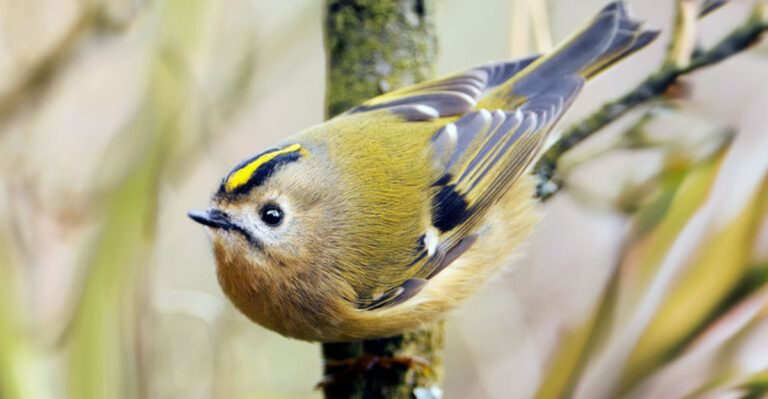Are We The Last Generation To See Fireflies? The Threat Of Extinction

Fireflies, those magical insects that light up summer nights, are facing a serious threat. These tiny creatures have been around for millions of years, but now scientists warn their populations are shrinking fast.
From light pollution to habitat loss, human activities are dimming the glow of these beloved beetles, raising the alarming question: could we be the last generation to witness their enchanting light shows?
1. Understanding The Decline Of Firefly Populations
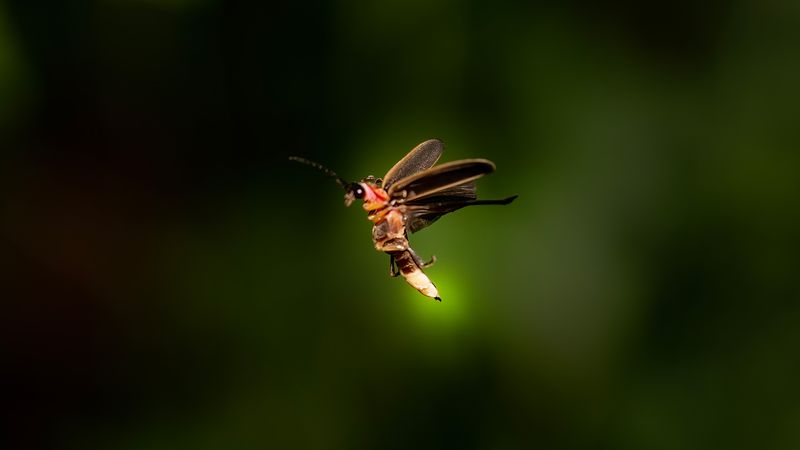
Firefly numbers have plummeted by 70% in some regions over the last decade.
Scientists point to a perfect storm of threats: habitat destruction, pesticide use, and artificial light that disrupts their mating signals.
These glowing beetles, which have survived for over 100 million years, are now disappearing faster than researchers can study them.
2. The Role Of Habitat Loss In Firefly Extinction

Wetlands and forests—prime firefly real estate—are vanishing at alarming rates.
Fireflies need specific environments with leaf litter, standing water, and undisturbed soil to complete their life cycles.
When developers drain marshes or clear woodlands, entire firefly communities disappear overnight, with no place to relocate their light shows.
3. How Light Pollution Is Affecting Fireflies
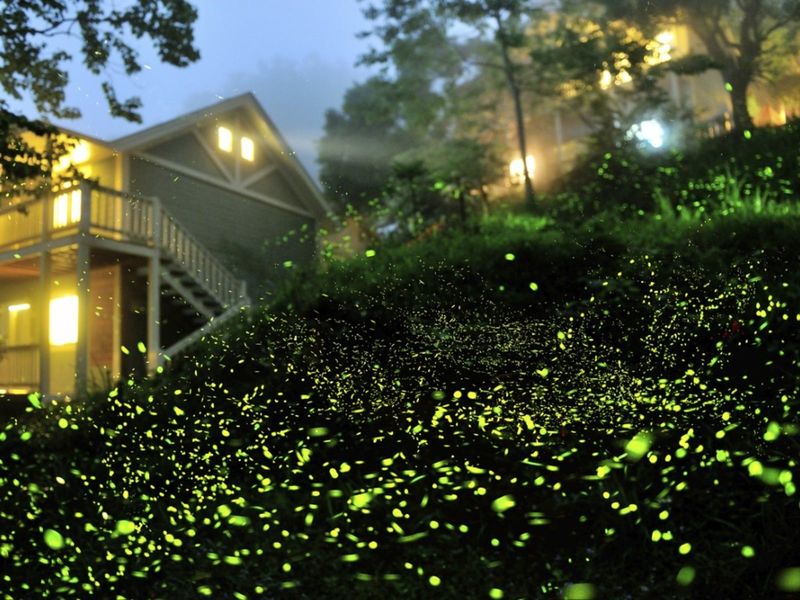
Street lamps, porch lights, and city glows create a nighttime brightness that drowns out firefly signals.
Male fireflies flash patterns to attract females, but artificial light makes these romantic signals impossible to see.
Many female fireflies can’t find mates in light-polluted areas, leading to fewer baby fireflies each year.
4. Climate Change And Its Impact On Fireflies
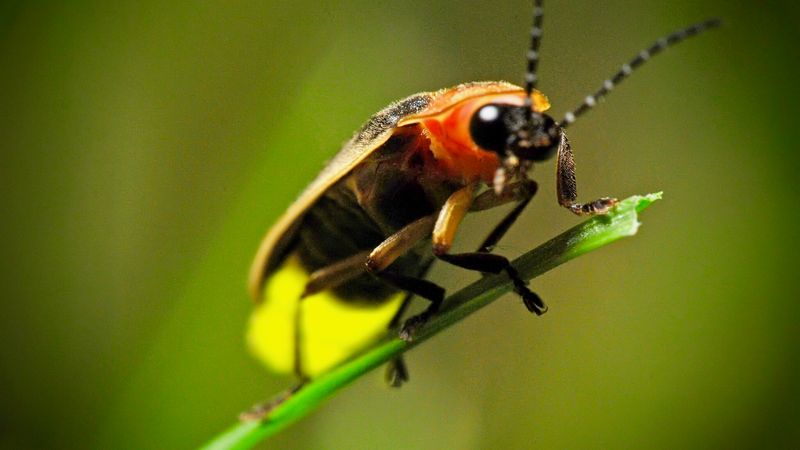
Rising temperatures throw off firefly life cycles, causing them to emerge at the wrong times.
Extreme weather—from droughts that dry up larvae habitats to floods that wash away eggs—devastates their populations.
Some species need precise seasonal timing to survive, and climate chaos disrupts these delicate biological clocks.
5. Why Fireflies Are Essential To Ecosystems
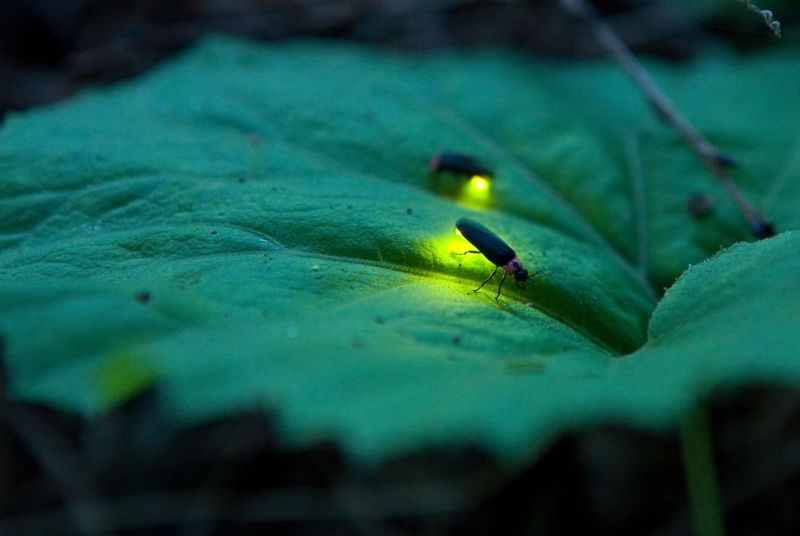
Beyond their enchanting glow, fireflies serve as nature’s pest controllers.
Firefly larvae feast on slugs, snails, and other garden pests, providing free natural pest management.
Their presence indicates a healthy ecosystem, while their bioluminescent compounds have led to medical breakthroughs in cancer research and disease detection.
6. Are Fireflies Really Facing Extinction?
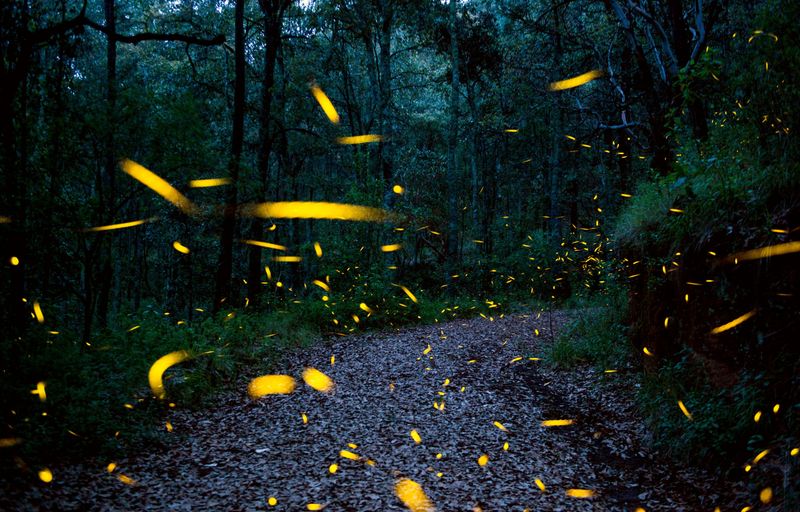
Of the 2,000+ firefly species worldwide, several are already extinct, with many more teetering on the edge.
The iconic Big Dipper firefly has vanished from parts of the US where it once illuminated entire fields.
While not all species face immediate extinction, scientists estimate that without intervention, 30% could disappear within our lifetime.
7. What Does It Mean For Future Generations?
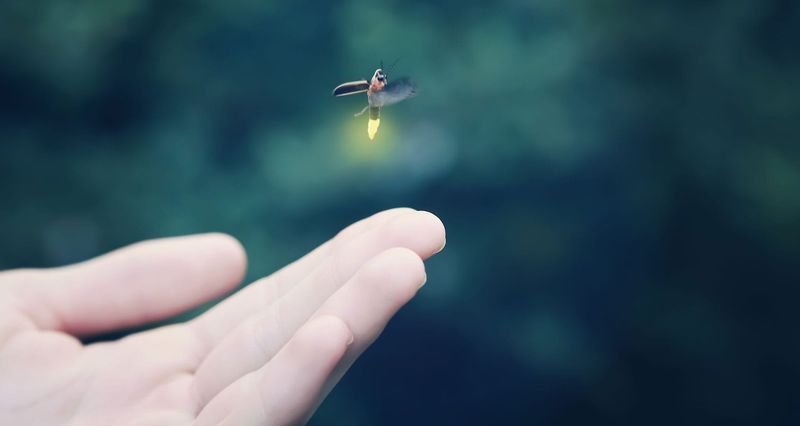
Children born today might grow up never experiencing the wonder of chasing fireflies on summer evenings.
This loss extends beyond simple nostalgia—it represents a fundamental disconnect from nature that shapes how future generations value conservation.
Cultural traditions and folklore centered around these glowing insects could become historical footnotes rather than living experiences.
8. Conservation Efforts To Save Fireflies

Citizen science projects like Firefly Watch engage thousands of volunteers to track firefly populations, creating crucial data maps.
In Japan, where fireflies hold cultural significance, entire river restoration projects focus on creating firefly-friendly habitats.
Conservation groups now designate official “Dark Sky Parks” where light pollution is strictly controlled to protect these luminous insects.
9. How To Help Protect Fireflies In Your Own Backyard

Turn off outdoor lights during summer evenings when fireflies are active, or switch to red bulbs that don’t interfere with their signals.
Leave some wild areas in your yard with leaf litter and tall grass where larvae can develop.
Avoid pesticides, especially during May through August when fireflies are most active above ground.
10. The Science Of Firefly Flashing: Why It’s At Risk
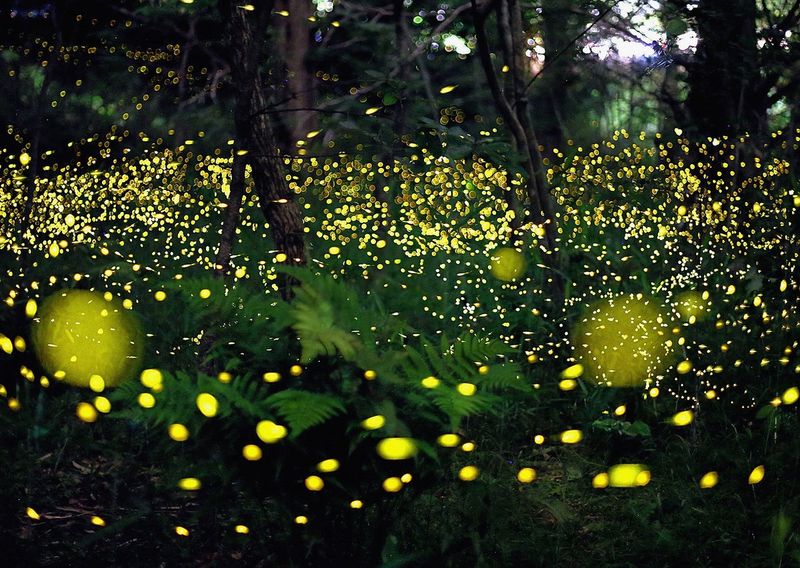
Each firefly species has a unique flash pattern—like a secret language of light created through a chemical reaction called bioluminescence.
Males flash while flying; females respond from perches in grass or trees with precisely timed answers.
Pollution, particularly from artificial light and chemicals, scrambles this delicate communication system that evolved over millions of years.
11. Firefly Festivals: A Last Chance To See These Glowing Creatures?
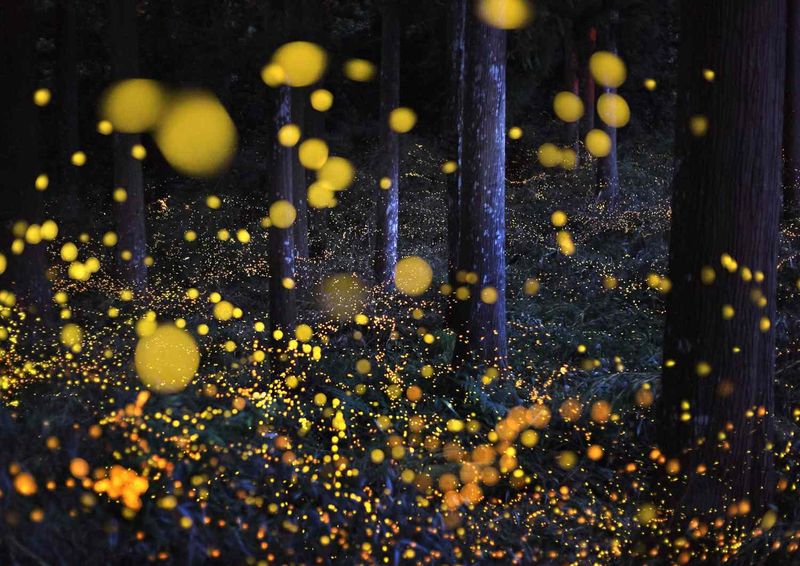
Communities from Tennessee to Taiwan now host annual firefly viewing events, drawing thousands of visitors to witness synchronized firefly displays.
These festivals balance tourism with conservation, using guided paths and restricted flashlights to minimize impact.
Rangers report bittersweet emotions—joy at sharing nature’s light show, but fear that they’re showcasing a vanishing phenomenon.
12. Future Prospects For Fireflies: Will We See Them Again?
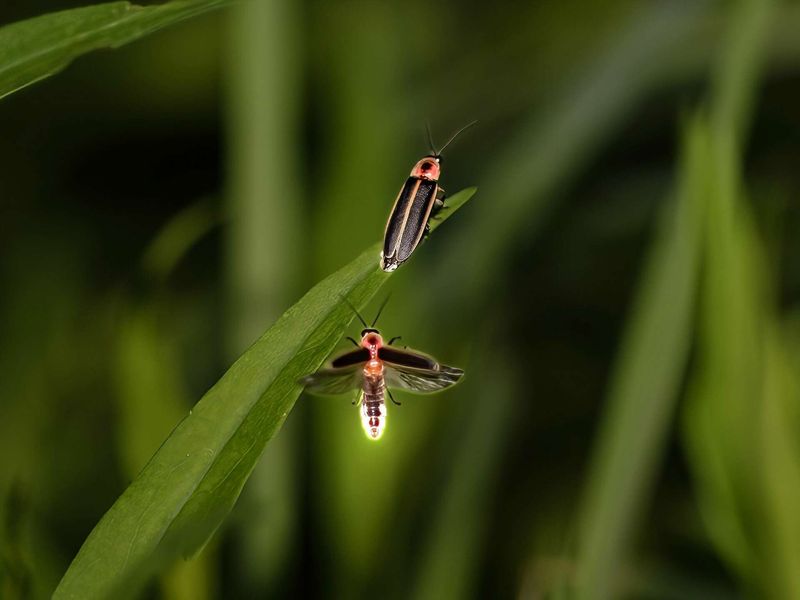
Hope flickers in the darkness as firefly sanctuaries spring up worldwide, creating safe havens for these luminous insects.
Genetically diverse populations can recover if given proper protection and habitat restoration.
The next decade will be critical—our actions today will determine whether fireflies remain a living wonder or become a glowing memory of what we lost.




